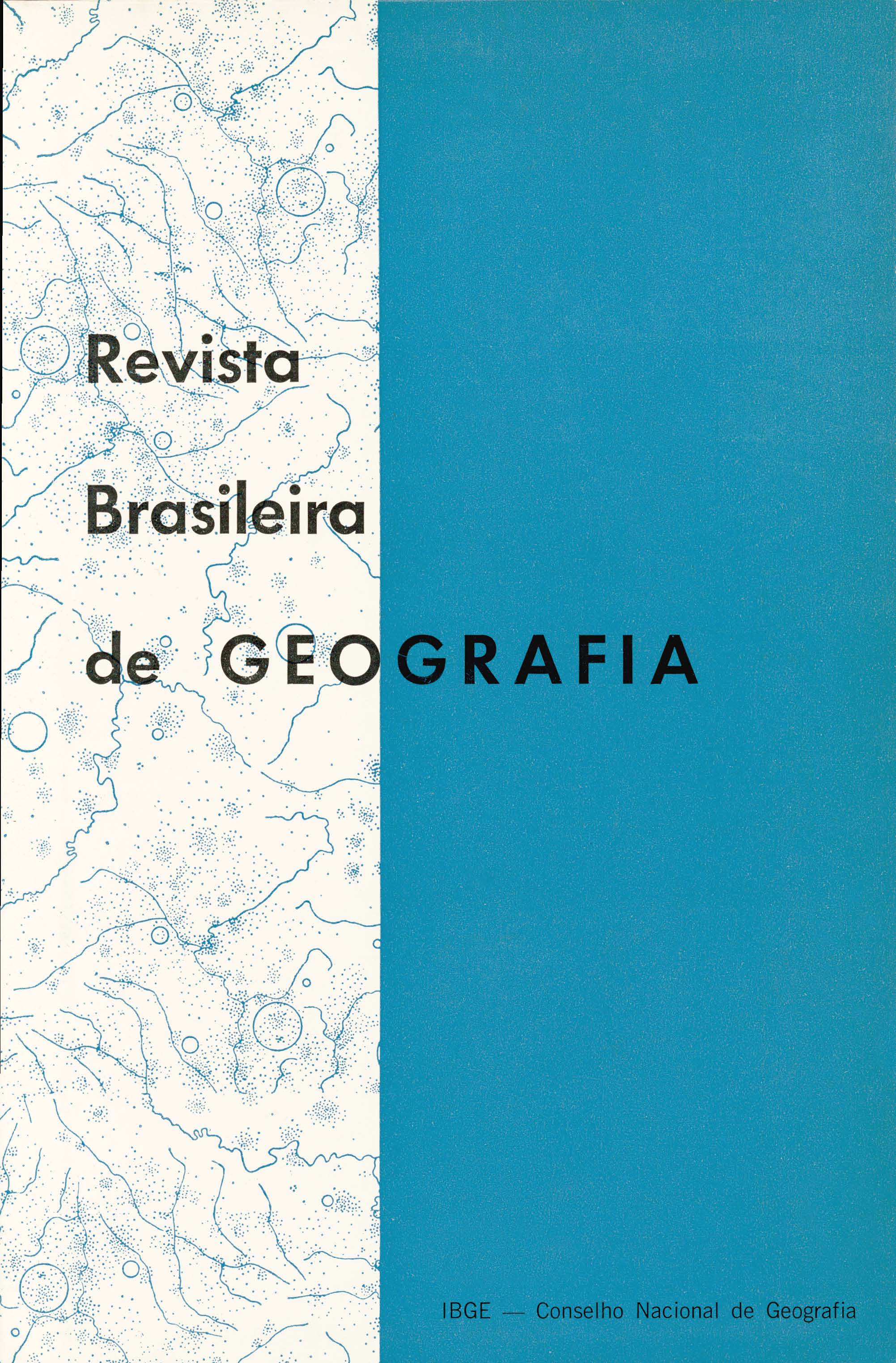Padrões regionais de crescimento do emprego industrial de 1950 a 1970
Palavras-chave:
Indústrias, Trabalho, Geografia econômica, Emprego, Geografia quantitativaResumo
In order to analyze the regional patterns of industrial employment growth from 1950 to 1970, the author has used diversified measures of location and specialization and has applied the differential-structural method (shift and share analysis). Those methods of analysis, the conceptual grounds of which have been presented in this work, have a descriptive nature and a rather limited purpose, for they are based on definition or countable relations.
Through the elaboration of matrices (matrix of information, matrix of employment distribution by productive sector in each region, matrix of employment distribution of each productive sector between the regions) different types of measures (sectorial and regional) have been calculated, allowing the description of behavioral patterns of productive sectors within the economic space, as well as of differential patterns of productive structures between the various regions.
With the application of the Differential-Structural Analysis method, the regional economic growth and its components have been described in terms of industrial structure.
The author presents the following conclusion: "We don't believe that this work has presented empirical results on regional patterns of industrial employment in Brazil that could be used for carrying on regional development policies immediately, as the analysis has been based on considerably aggregated statistical data in the sense of sectorial classification. However, the application of some simple models throughout the work shows that with less aggregated information (at least three digits) it will soon be possible to produce analytical results that can be extremely useful for the economic planning agencies of the Federal and State Governments.






